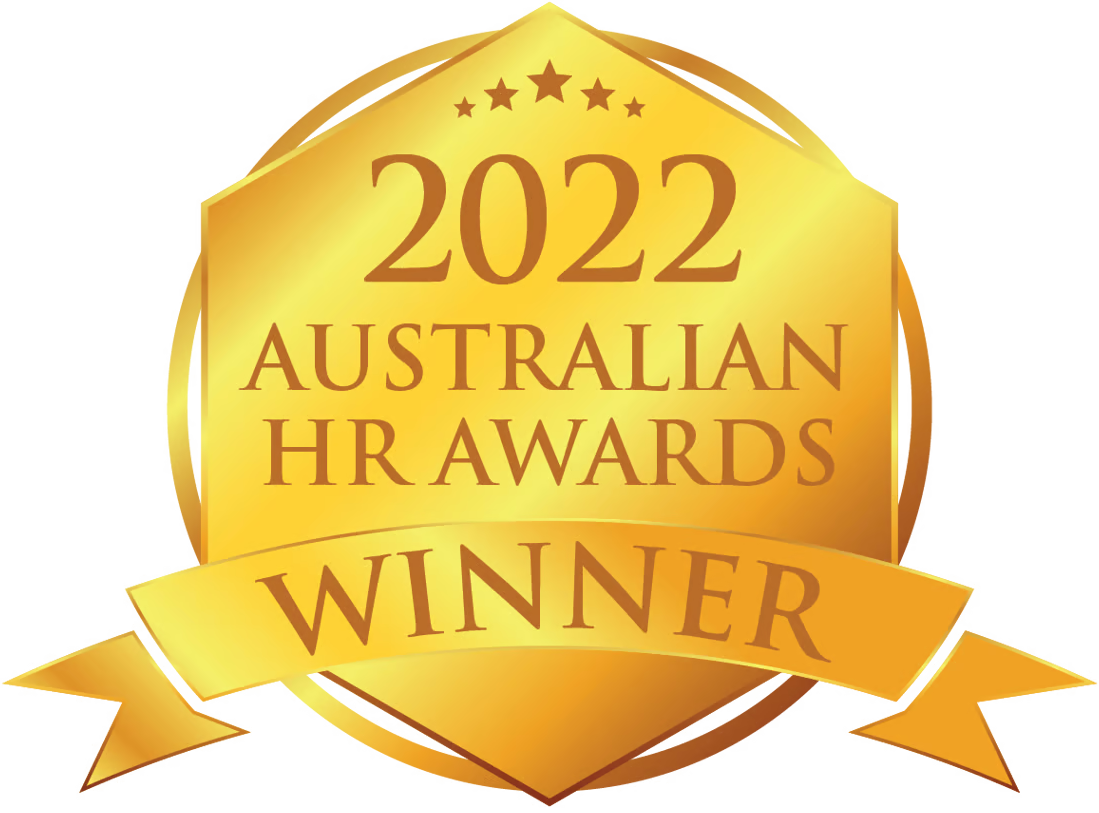Background
Southern Cross Austereo (SCA) recently undertook the High-Performance Program (HPP) to address and enhance employee wellbeing and performance among their digital advertising and creative advertising teams. SCA is dedicated to maintaining a high-functioning and motivated workforce but faced challenges typical of a fast-paced, high-pressure work environment. Key goals included improving overall employee wellbeing, enhancing team cohesion, and fostering a culture that prioritises health and productivity.
Wellbeing is measured using our Wellbeing Index; a short survey that assesses the Mindset, Movement, Nutrition, and Recovery of employees. The Wellbeing Index gives employees instant visibility over their wellbeing, broken down into four categories and one overall percentage score. Read more about the Wellbeing Index here.
The initial Wellbeing Index results for the group was 66%. This is a typical starting point for organisations where some staff members are proactive with their health and wellbeing while others do not have the time or knowledge to address challenges and drive positive change without intervention.
Staff members were challenged with pending deadlines for briefs and other expectations that were considered normal expectations of the job. Pressures around social expectations, networking and connecting with clients also challenged staff members from a time and nutritional perspective, which often lead to further disruptions to other areas of wellbeing.
As a result, individuals returned low initial results in the following areas.
- 54% of employees experienced poor sleep quality and 45% did not sleep at least 7 hours each night.
- 36% experienced physical complaints such as muscle aches and joint pain which compromised their ability to exercise for the remainder of the week.
- 36% reported frequently snacking on unhealthy snacks without restraint.
- 54% were not able to effectively switch from ‘work mode’ to ‘home mode’.
Solution
The High-Performance Program (HPP) implemented by SCA comprised several critical components designed to target various aspects of employee health and wellbeing. The program’s structure included:
1. One-on-One Health Consultations: These bi-weekly sessions provided employees with personalised support, enabling open discussions about their personal and professional lives. The consults aimed to increase accountability, offer tailored advice, and address any emerging issues during their health journeys. Employees reported that these sessions were instrumental in helping them stay on track with their health goals and provided a space for candid conversations.
2. Team Workshops: Conducted at strategic intervals throughout the program (weeks 1, 4, 7, 9, and 1-week post-program), these workshops introduced new wellbeing concepts that participants could integrate into their daily routines. The workshops facilitated reflection on individual progress, promoted the adoption of new wellbeing strategies, and strengthened team culture by encouraging mutual support and shared experiences.
Outcomes
Our Wellbeing Index benchmark to determine a high-performing individual or team is 80%. The Wellbeing Index results before and after the program illustrate the substantial impact of the HPP:
Initial Wellbeing Index Score: 66%
Final Wellbeing Index Score: 83%
This 17% increase underscores the program’s effectiveness in enhancing overall employee wellbeing.
Detailed Outcomes:
Mindset:
Initial Score: 65%
Final Score: 81%
Employees reported an increased ability to transition effectively between work and home modes, with 100% making efforts to socially connect outside of work while also feeling more energised and focused.
90% of employees reported effectively transitioning from ‘work mode’ to ‘home mode’ and being disciplined in switching off.
63% of employees reported stressors in their work or personal life do not negatively affect their health behaviours.
Movement:
Initial Score: 69%
Final Score: 86%
Participants showed significant improvements in incorporating physical activity into their daily routines, with 100% taking regular breaks to move and stretch and engaging in at least 30 minutes of physical activity daily.
0% of employees experienced physical complaints such as muscle aches or joint pain, which previously compromised their ability to exercise.
100% of employees reported taking breaks to move and/ or stretch after long periods of sitting.
Nutrition:
Initial Score: 74%
Final Score: 86%
The number of employees consuming the recommended servings of fruits and vegetables increased by 45%, with a significant rise in daily water intake and reduction in unhealthy snacking habits.
90% of employees reported drinking at least 2L of water each day.
80% of employees reported showing restraint and choosing healthier options when it came to snacking.
Recovery:
Initial Score: 55%
Final Score: 90%
The implementation of sleep routines and increased prioritisation of recovery activities led to notable improvements in sleep quality and overall recovery, with employees reporting rested and more recharged states.
90% of employees reported sleeping at least 7 hours each night.
90% of employees reported making time for activities that help them ‘recharge’.
Task and Ego Orientation:
The program also assessed motivational orientations, finding that employees showed a high task orientation (focused on skill improvement and team success) and a lower ego orientation (focused on personal superiority). This balance supported a cooperative work environment, enhancing productivity and job satisfaction.
Conclusion
The HPP significantly improved SCA team’s wellbeing and performance across multiple dimensions. The structured approach, combining personalised support with group workshops, effectively addressed the key challenges of maintaining health and productivity in a high-pressure environment. The positive shifts in mindset, movement, nutrition, and recovery underscore the program’s comprehensive impact, fostering long-term behavioural changes that benefit both individual employees and the organisation as a whole.





